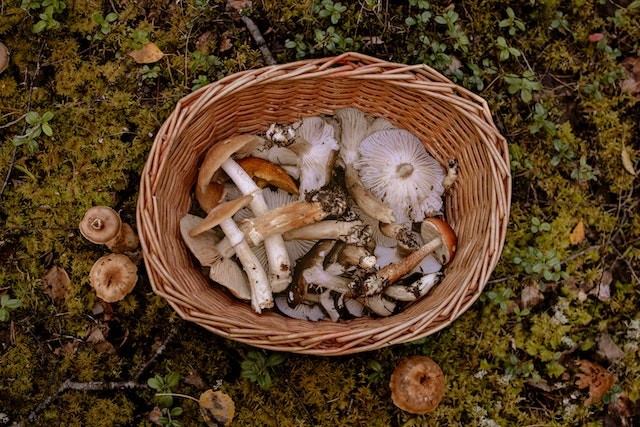
How Many Sexes Do Mushrooms Have? Fungus Can Have Up To 36,000 Mating Types
Some mushrooms have thousands of sexes to reproduce. According to one report, a species of fungi has over 30,000 mating types.
How Many Sexes Do Mushrooms Have?
Mushrooms have many sexes. Some fungi have as many as 36,000 different sexes! A mechanism of sexual reproduction known as a mating-type system is present in many fungi.
Depending on changes in particular genes, they can only mate with other members of their species. This indicates that whereas some mushrooms only have two sexes or mating types, some fungi have significantly more sexes. These genes can have various variants in the split gill fungus Schizophyllum commune, which results in 23,000 different mating types.
One especially promiscuous fungus, Schizophyllum commune (also known as "schizo" in affection), has an unassuming appearance. Many Western guidebooks label the shroom as "inedible," but the stiff, rubbery texture isn't a turn-off for other cultures. It's a sort of wood rot that lives in regions of the East Indies, Thailand, India, Madagascar, and Nigeria, where plenty of people consume it. Since it possesses antiviral and antifungal qualities to maintain it safe in the wild, like many fungi, it is also used medicinally. Furthermore, you wouldn't anticipate a simple white wood rot to have tens of thousands of sexual variations if you didn't know anything about mycology.
Since S. commune must mate with genetically unique individuals, populations continually become more sexually diverse. There are over 23,000 of them because there are so many variations on the sex.
ALSO READ: Lethal Death Cap Responsible for 90% Mushroom-Related Death Has an FDA-Approved Antidote [Report]
How the Number of Sexes Is Determined?
British scientists think there are just two sexes in humans because this is the ideal number for reproduction. The biology department at the University of Bath's Professor Laurence Hurst has now created and tested a theoretical model that illustrates how the style of sexual reproduction affects the number of sexes. It is particularly reliant on the mitochondria, the cell's powerhouses that sit outside the nucleus and produce energy for the remainder of the cell.
At the British Association Festival in Sheffield yesterday, Professor Hurst stated that mitochondria are required to transform oxygen into energy. But unlike the cells, they have their DNA and can continually divide. If there is an abnormality in the mitochondrial DNA, it could be detrimental.
The mitochondrial DNA will be combined if the cells of the mating parents fuse during sex. The offspring's chances of survival will be harmed if either set of DNA contains dangerous genes.
Thus, the ideal course of action for sexual activity involving cell fusion is to eliminate one set of mitochondrial DNA, which is exactly what occurs in humans. The father's mitochondria are transported there on the sperm but are destroyed once inside the mother's egg.
The likelihood of inheriting defective mitochondrial genes is immediately cut in half. According to Professor Hurst, the distinction between mushrooms and other organisms is that mushrooms never permit the two mitochondrial sets to coexist in the same cell area.
Consequently, any deleterious mitochondrial abnormalities are confined to the parent carrying them and cannot readily propagate through the community, even though a mushroom can have sex with nearly every partner it encounters thanks to its own "sex gene." Many lower organisms with numerous sexes, including ciliate bacteria, employ this "Berlin Wall" tactic.
RELATED ARTICLE: Teenager From Chile Died Due to Acute Liver Failure After Consuming Wild Mushrooms
Check out more news and information on Mushroom in Science Times.














